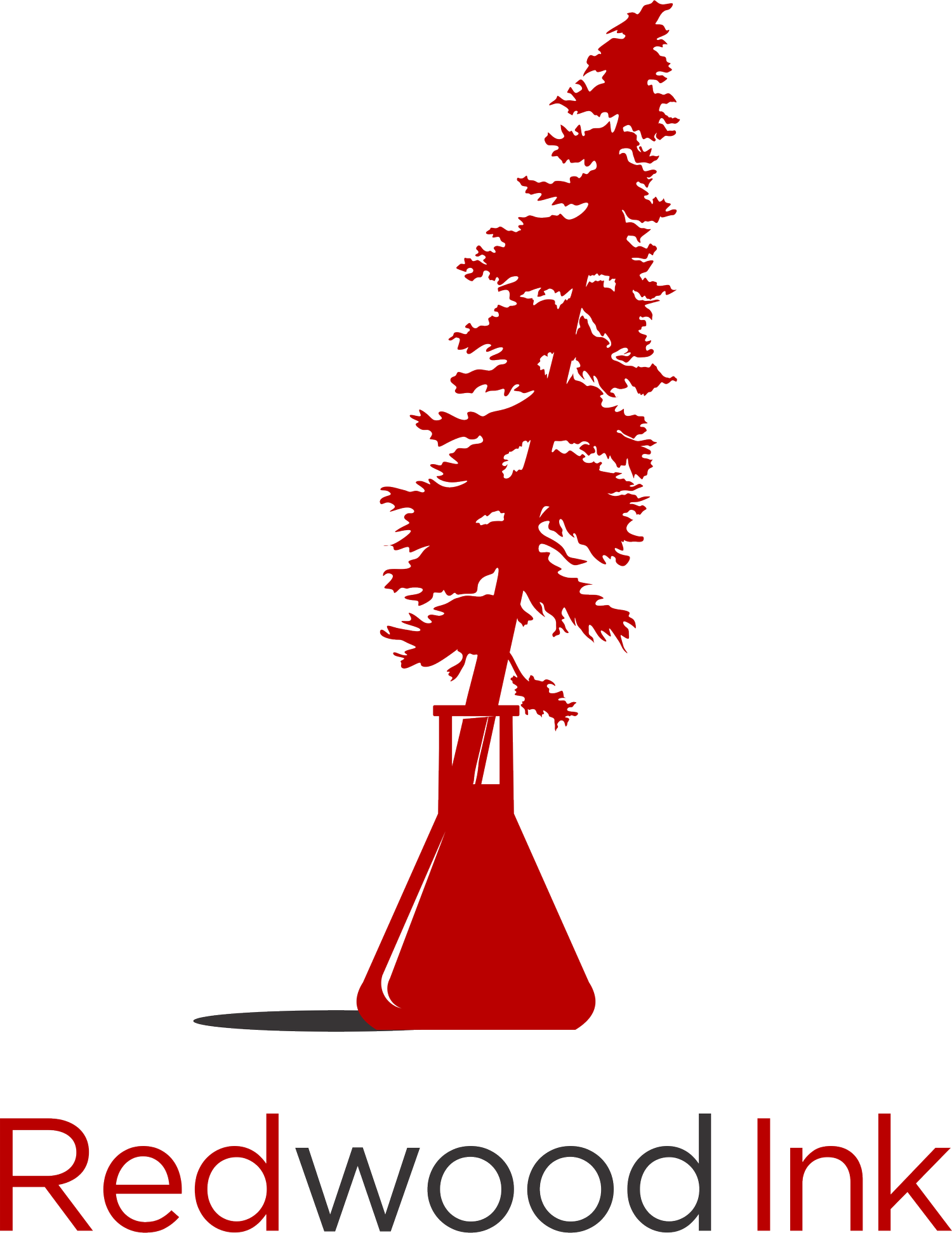Why You Need a Writing Journal Club and How to Create One
Many academic institutions have journal clubs. These clubs are an invaluable way to keep up with the literature and exercise critical thinking skills. But most journal clubs focus on content, such as sound methods, accurate findings, and convincing interpretations. Very few focus on the writing itself.
Good science is about more than good content. It’s also about good writing. And a writing journal club can help authors develop their writing skills.
A writing journal club is a spin on the classic journal club. But rather than review the scientific content, a writing journal club focuses on the writing itself. Is the writing clear and concise? Is the structure easy to follow? Is the story compelling and persuasive? By discussing these nuances, participants can hone their writing skills.
To create a writing journal club, you can follow the same model as a classic journal club. You might need to make a few tweaks for your particular group, but establishing the format and framing the discussion are the first key steps.
Establish the Format
The format of a writing journal club is similar to a classic journal club. You want to meet often with a diverse group and review a variety of topics.
Meet regularly
Similar to classic journal clubs, you want to meet regularly to create a cadence. This rhythm will help participants build a habit of reading for the club discussions. If possible, meet weekly. Every discussion is an opportunity to learn new perspectives and skills.
Include diverse participants
Some journal clubs are geared for graduate students and postdocs, or only for seasoned researchers. But including different generations of researchers can be invaluable in a writing journal club. Language constantly evolves. As a result, seasoned researchers would benefit from the fresh perspectives of budding researchers. And budding researchers would benefit from the experience of seasoned researchers. By including different generations of scientists, you can better connect them in working toward their common goal: effective writing in the sciences.
Review a variety of writing
You want to review multiple types of documents, including manuscripts and grants. These documents have unique attributes that can be important to discuss.
You might be tempted to use the journal club to review participants’ writing, like you would in a writing group. This approach can be beneficial. However, critiquing an author’s writing in an open discussion can feel discouraging for the author. To avoid this possibility, look for documents that have been written by authors outside of your organization.
When reviewing manuscripts, select papers published in a variety of journals. Each journal has their own format and style that can influence the writing. You also want to choose papers written by diverse authors in different fields. Every author has a unique style of writing and presentation that participants can critique and learn from.
For grants, you might have trouble finding proposals written by authors outside of your institution. To find samples, you can check the NIH website, Open Grants (ogrants.org), and foundation websites. Alternatively, you could review proposals written internally. In these cases, look for proposals—funded and unfunded—that were written several years ago. This timeline will give the author a little distance from their investment in the writing so that they are more open to feedback.
Frame the Discussion
When reviewing documents for discussion, you want to assess several factors related to the logic, storyline, structure, phrasing, and visual elements. Below are several questions to get you started.
Check the overall logic and storyline
Start by reading the headings, reviewing the figures, and analyzing the purpose, hypothesis, and conclusions. Is the storyline compelling? Is the overall structure easy to follow? Are the data presented in a logical way?
Critique the writing
Dig deeper into the writing. Review sections, paragraphs, sentences, phrases, and even words. Does the text flow smoothly? Is the writing clear and accurate? Is the argument persuasive?
Analyze the visual elements
Review the illustrations, figures, and tables. Look at everything from the layout to the graph types to the colors and image resolution. Are the elements visually appealing? Are they readable? Are they informative?
Look at the Bad and the Good
You will rarely find the “perfect” article. Nearly all have both strengths and weaknesses. Some will have a clear story structure but poor writing. Others will have clear writing but poor visuals. In the writing journal club, discuss both the bad and the good aspects of the documents you review. This approach will help participants learn what to do and what to avoid—helping them to develop their writing skills.
